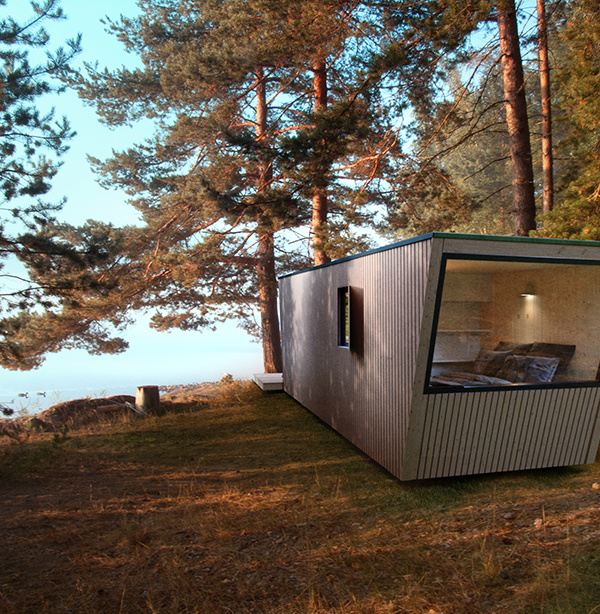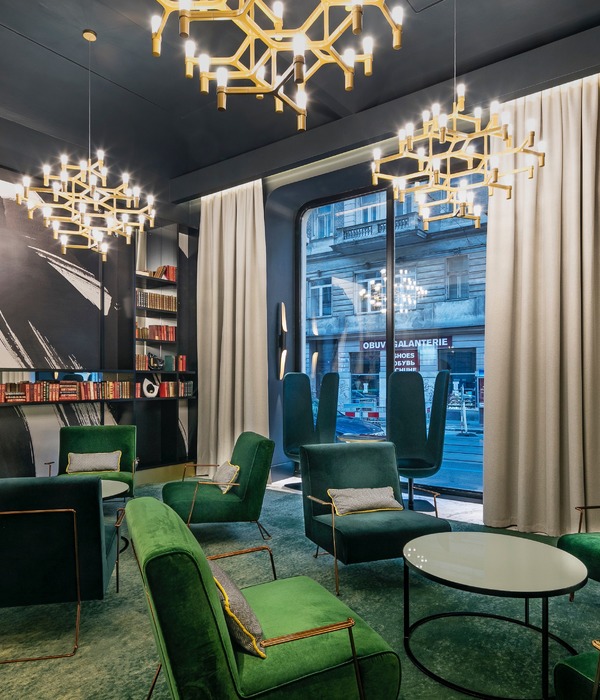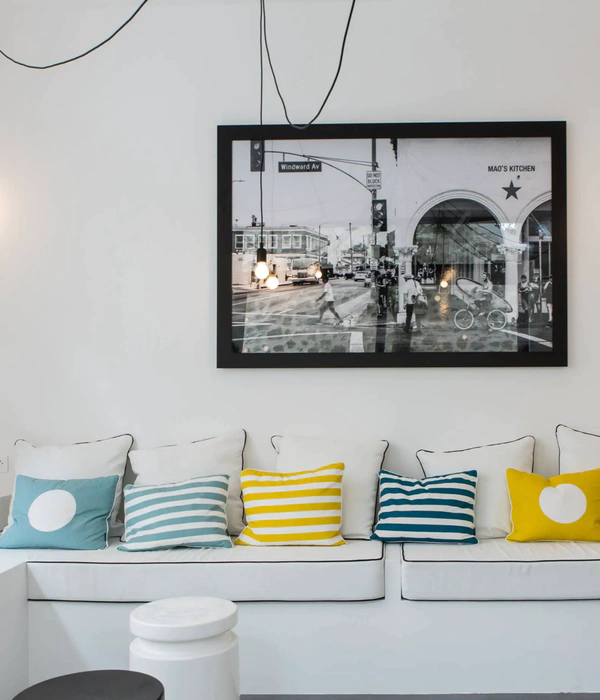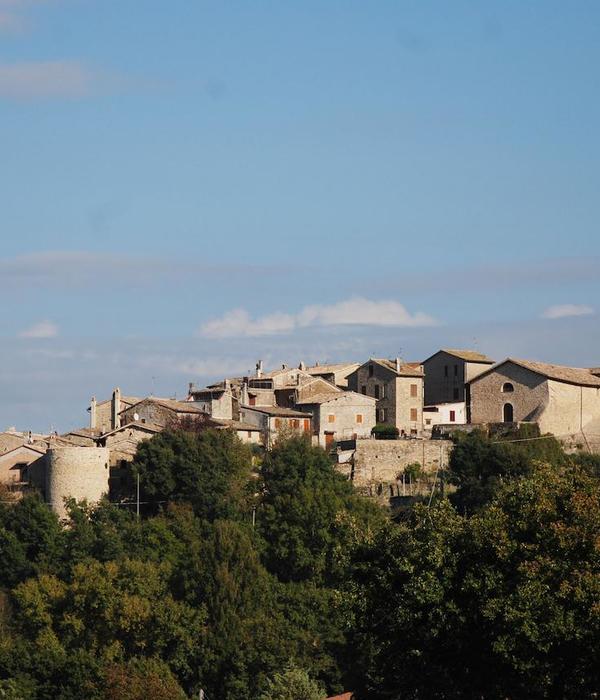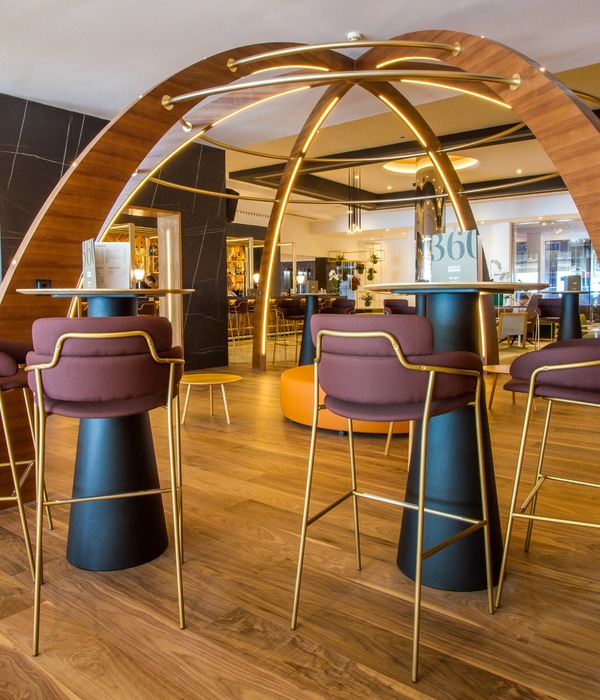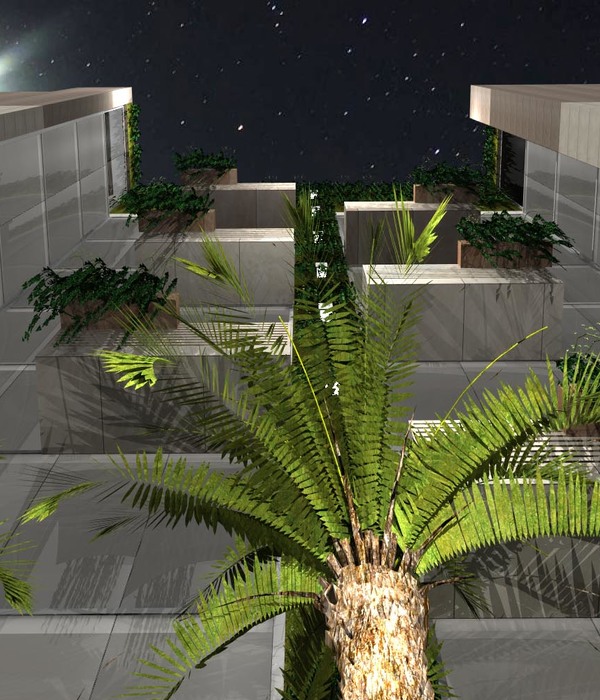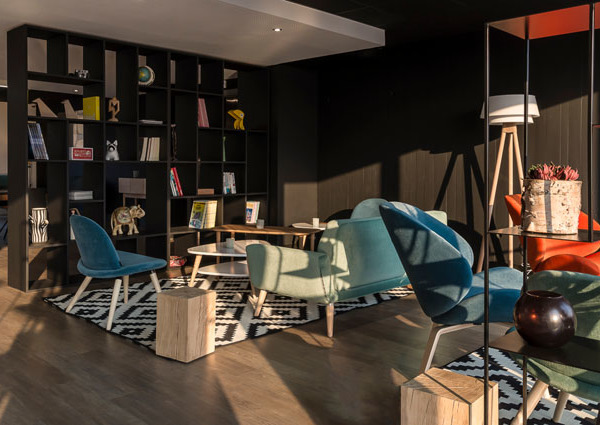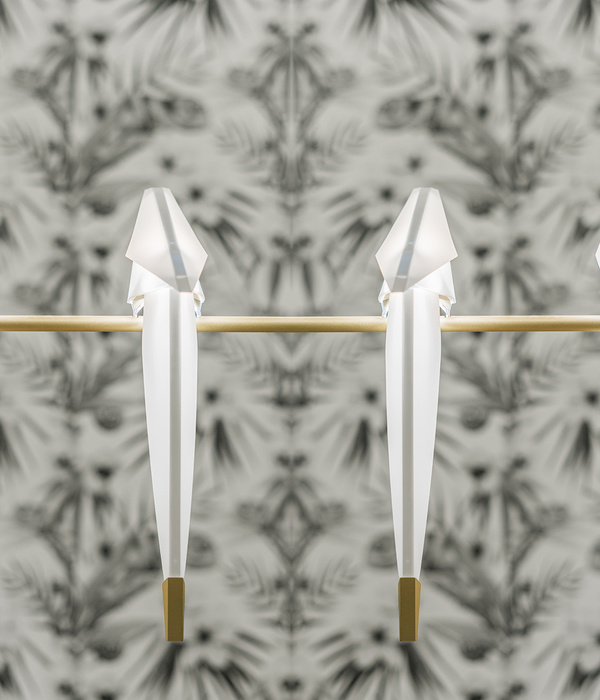Palazzetto Rosso is located in a XIII building in the historical center of Siena, completely made of bricks, the finest material used in the golden era of this town, when civil architecture found its origins, symbol of the growing elite of bankers and merchants. The façade still preserves some traces of the splendor showed off by the building on its street. The ogival archs are outstanding, finely decorated with a magisterial decorative use of bricks. In the main prospect it is still possible to observe the original components made of wrought iron, used as support of wooden elements now unused (nevertheless easy to imagine by watching frescos by Ambrogio Lorenzetti, like Allegoria del Buon Governo inside Siena’s Palazzo Pubblico). In the heart of Palazzetto Rosso stands a majestic staircase made as well of bricks, twisting around a large well and culminating in a square skylight. A marvelous artwork. Centuries have shaped its steps, making them rounder and softer with irregular appearance. At the ground floor, the hall is covered by a 6 mt vaulted ceiling on which lays a XIX century fresco, era of “purism” in Siena, a stylistic movement which brought the building back to the original medieval style. With this “restoring” spirit, the last inhabitant of the building, known to be an antique collector - whose grand children still continue his activities in Siena – modified the walls decoration, introducing some architectural and sculptural insertions, now integrated in the building. This marvelous architecture typically gothic and sienese, is contrasted by the contemporary interior design. The floors of each room, where the original cotto tile is not maintained, are by 14Oraitaliana, same as the big grey squares of the hall, on which stand the bistro black and white tables – the colors of Siena – designed by Luca Nichetto for Casamania. 3D chairs and armchairs with their bright colors, Zippo stools by Pedrali, the glossy white bar by Norayr Khachatryan for Casamania, they are just a sample of the precious pieces showing the harmonious connection between modernity history of this place. Two great she wolves made of travertine and feeding human twins (it is the symbol of Rome, but also of Siena, being its founders the sons of Remo, Senio and Ascanio, escaped from their uncle Romolo) open the way to the folded corten stair, sublime enlightened with pieces by Michele De Lucchi and Giancarlo Fassina for Artémide. Continuing the exploration to the rooms it is possible to find also pieces by Kartell, Muuto, Seletti, CasaCopenhagen...lovely fused together with the expressive art of Cathalijn Wouters, low reliefs and Reinassance marbles. The beauty of the architectural volumes, the peculiar wooden beams and frescos have been completely preserved by using different tricks, in order to give to the hotel the best comfort and at the same time, not upsetting the historical balance of the building: the clima system is totally grounded in the floor, a bathroom located in the center of one of the rooms inside a cube made of glass, real masterpiece of interior design and architecture, are a true example of this concept. All the nine rooms of Palazzetto Rosso maintain this sweet liaison between past and present, antique and modern, history and charme. If the inside is unique and astonishing, the view by some rooms is also amazing: Santa Maria in Provenzano Basilica and its great cupola, the close and more austere San Francesco Basilica, the majestic back of Rocca Salimbeni, Mangia Tower and the Cathedral façade; all this surrounded by magnificent Tuscan hills cannot leave the visitor’s eye disappointed. Palazzetto Rosso is an ascending climax of italian design with french and scandinavian sparks, where art and architecture perfectly tie together.
[IT]
Il Palazzetto Rosso è ubicato in un palazzo della metà del XIII secolo nel centro storico di Siena, fatto interamente in mattoni, materiale di grande pregio nell’epoca in cui a Siena fiorì l’architettura civile, simbolo della nascente élite di banchieri e commercianti. La facciata conserva ancora le tracce dello sfarzo che il palazzo ostentava nella via. Spiccano i grandi portali dagli archi ogivali, finemente ornati da motivi geometrici e giochi di forme dati dall’uso decorativo del mattone. Nel prospetto principale si possono ancora osservare gli originali elementi in ferro battuto che servivano da supporto ad elementi lignei ormai in disuso (ma è facile farsi un’idea di come fossero guardando la città affrescata da Ambrogio Lorenzetti nell’Allegoria del Buon Governo del Palazzo Pubblico) Nel cuore del Palazzetto Rosso c’è una maestosa scalinata, anch’essa totalmente in mattone, che si snoda intorno ad un grande pozzo e culmina in un lucernario di forma quadrata. Un’opera d’arte eccezionale. Secoli di usura hanno modellato i suoi scalini, smussandoli dolcemente in varie forme. Al piano terra il grande salone è sormontato da un soffitto a volta alto 6 metri sul quale si distende un affresco risalente alla fine del XIX secolo, epoca in cui a Siena imperversava il “Purismo”, un movimento stilistico che nelle operazioni di restauro portò alla volontà restituire agli edifici un presunto stile medievale originario. Con questo spirito “ripristinatore”, l’ultimo abitante del palazzo, che si sa essere un antiquario i cui nipoti continuano l’attività a Siena, fece quelle modifiche decorative alle pareti con inserzioni architettoniche e scultoree, ormai parte integrante dell’edificio. Alla meravigliosa architettura gotica e tipicamente senese del Palazzetto Rosso è contrapposto un design contemporaneo. I pavimenti di tutte le camere, laddove non mantengono il cotto originale, sono opera di 14Oraitaliana, di cui, nella hall, spiccano i grandi quadrati grigi, che fanno da base per i tavoli bistro bianchi e neri, colori di Siena, firmati Luca Nichetto per Casamania. Le sedie e le poltrone 3D dai colori accesi e vivaci, i panchetti Zippo neri di Pedrali, il bancone bar bianco luminoso di Norayr Khachatryan per Casamania, sono solo alcuni dei pezzi pregiati che dimostrano un armonioso legame fra modernità e carattere storico del luogo. Due grandi lupe che allattano i gemelli in travertino (simbolo di Roma, ma anche di Siena, poiché i figli di Remo, Senio e Ascanio, fuggiti dopo che Romolo uccise il fratello, fondarono Siena), aprono lo sbocco verso una scala in corten piegato illuminata in maniera sublime con le realizzazioni di Michele De Lucchi e Giancarlo Fassina per Artémide. E potendo esplorare angoli e camere si troveranno anche pezzi di Kartell, Muuto, Seletti, CasaCopenhagen,… amabilmente fusi con le espressive tele di Cathalijn Wouters e frammenti di bassorilievi o marmi rinascimentali. La bellezza dei volumi architettonici, delle caratteristiche travi in legno e degli affreschi è stata interamente conservata mediante vari stratagemmi, al fine di poter dotare l’hotel dei migliori comfort, senza tuttavia stravolgere l’equilibrio due-trecentesco del palazzo: il sistema di climatizzazione esclusivamente a pavimento, oppure la soluzione dei bagni al centro della stanza dentro cubi di vetro, veri e propri pezzi di arredo, ne sono splendidi esempi. Le nove camere del Palazzetto Rosso coltivano questa dolce liaison tra passato e presente, antichità e modernità, storia e charme. Se gli interni sono unici e sorprendenti, la vista da alcune camere è altrettanto stupefacente: la Basilica di Santa Maria in Provenzano con la sua grandiosa cupola, con accanto la più austera basilica di San Francesco, l’imponente retro della Rocca Salimbeni, la Torre del Mangia e il Facciatone del Duomo, circondati dalla magnifica campagna toscana, incantano chi posa lo sguardo oltre i tetti di Siena. Il Palazzetto Rosso è un climax ascendente nel design italiano con spunti francofoni e scandinavi, dove arte e architettura si legano alla perfezione.
{{item.text_origin}}

